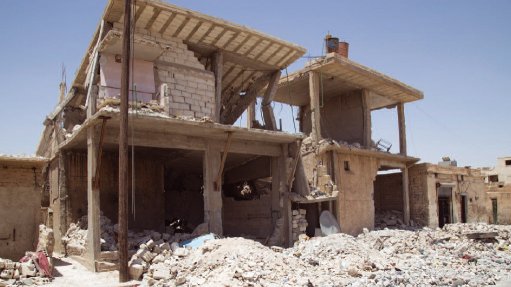
In Syria, civilian casualties from airstrikes by the US-led military coalition fighting the extremist armed group Islamic State (also known as ISIS) significantly increased in March 2017. During a July mission to Tabqa and Mansourah, two towns near Raqqa that ISIS controlled until recently, Human Rights Watch investigated several such airstrikes. In the two deadliest attacks, the US-led coalition struck a school and a market killing at least 84 civilians. Although ISIS fighters were also at these sites, the high civilian death toll raises concerns that military forces of the US-led coalition failed to take necessary precautions to avoid and minimise civilian casualties, a requirement under international humanitarian law.
The Combined Joint Task Force (CJTF), established by the US Central Command to coordinate military efforts of the coalition of countries fighting ISIS, has been conducting military operations in Syria since 2014. As part of their campaign to capture Raqqa from ISIS, Syrian Democratic Forces (SDF) and the CJTF launched an offensive on March 22 to capture the Tabqa dam, a strategic location 40 kilometres from Raqqa, ISIS’ de facto capital. In the days prior and weeks following, CJTF airstrikes significantly increased in the surrounding area. Local residents said that many of these strikes hit ISIS bases or fighters with relatively little civilian harm.
However, a number of strikes caused significant civilian harm as documented in this report. A local activist provided Human Rights Watch with the names of 145 civilians, including 38 women and 58 children, whom he says were killed in airstrikes in Tabqa town alone between March 19 and May 10, when SDF captured the town. The civilian harm caused by these airstrikes was not limited to casualties. Some of the airstrikes caused significant destruction of civilian property and infrastructure, as Human Rights Watch observed on the ground, and residents said that strikes that killed civilians instilled fear and pushed many to flee, adding to Syria’s displaced population.
Report by the Human Rights Watch